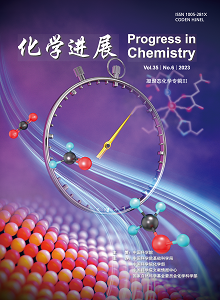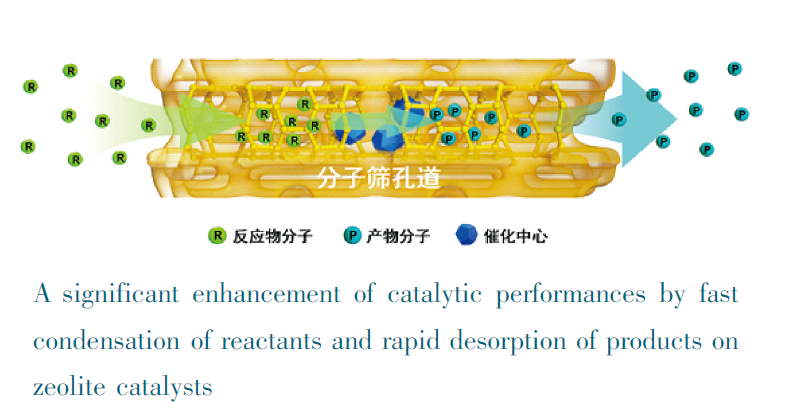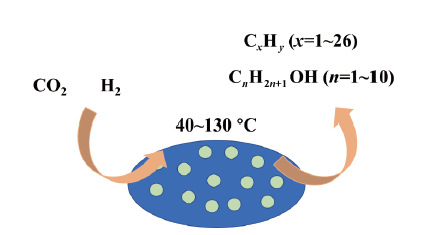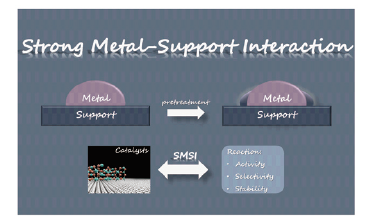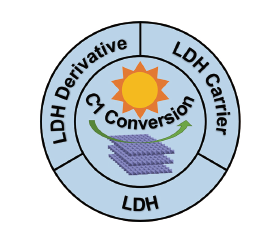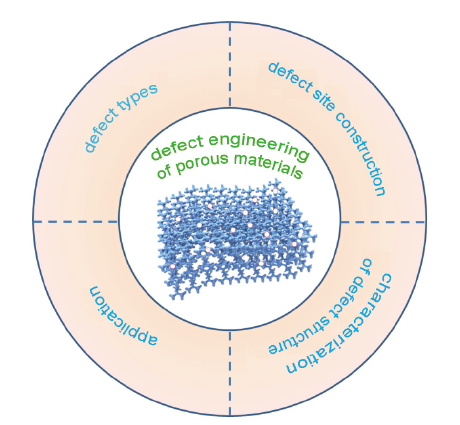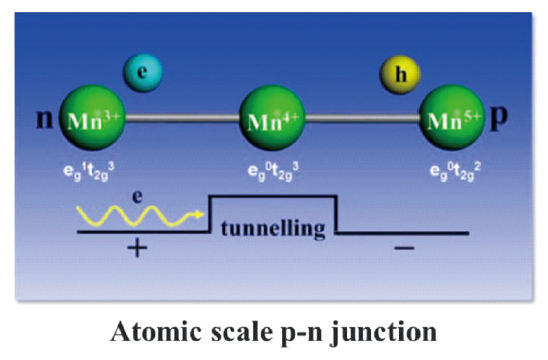Ruren Xu, Wenfu Yan. Condensed Matter Chemistry in Gaseous Molecules Reactions[J]. Progress in Chemistry, 2023, 35(6): 808-820.
Studying the reactions between gaseous molecules are not only of great significance to promote the development of industry, agriculture and economy, but also play a special role in the construction of condensed chemistry. Under normal conditions, gaseous molecules exist in a dispersed state. Because the stability of the structure of gaseous molecules, in most cases, the reactions between them can only occur under the “activation” of the catalyst with a specific composition and structure. In this paper, we list five simple examples to illustrate that the occurrence, progress and results of gaseous intermolecular reactions are subject to or even completely determined by the characteristics, composition and multi-level structure of the catalysts with specific condensed matter state under reaction conditions. In addition, we also list another reaction route in this paper, that is, under extreme reaction conditions such as high pressure, ultra-low temperature, laser, plasma and supercritical, the electronic and geometric structures and “states” of a few gaseous molecules will change, resulting in the specific condensed matter chemical reactions.
1 Introduction
2 Catalytic reaetion between gas molecules
Example 1 Homogeneous hydrogenation reaction of olefins
Example 2 Hydrogenation of crotonaldehyde over Co/SiO2 with different surface structures
Example 3 Catalytic dehydrogenation of propane
Example 4 Synthesis reactions of CO/H2 over Ru-containing molten salt catalysts
Example 5 The synthesis of ammonia via reaction of N2 + H2 catalyzed by nitrogenase
3 Condensed matter state reactions between gas molecules under extreme conditions (high pressure)
4 Outlook





